Stay in Arles, Gateway to the Camargue and Luberon
Arles is a charming town with a rich history and cultural heritage
It is centrally located for exploring the Camargue region, Provence and the Luberon
The city has fabulous markets, beautiful architecture, wonderful restaurants and vineyards, plus a wealth of ancient Roman Ruins. As is often the case when I am planning a trip, I asked my Facebook community to recommend some beautiful places for me to visit on my way to Provence and the Luberon. Quite a few people said Arles. Since I’d never been there and fancied the idea of seeing some Roman architecture, I planned a 4-night stay.
Having just flown in to Nice from Australia, and within minutes of getting off the train at Arles station, I knew that I was going to love this place! I’m mad about beautiful doorways, crusty shutters, and quiet, paved streets. What surprised me about Arles was the lack of crowds in the old town, despite its loveliness. I admit I arrived in very early May, which doesn’t seem particularly out-of-season to me, but I guess it could be on the very edge of the main tourist season.
Yay! Happy-as …
Arles, a beautiful town with picturesque features
It's just a great place to visit, and here are my reasons why ...
Discover endless old, cobbled rues, crumbling plaster and stonework, and shutters in the most marvellous array of colours (more varied than I’ve seen anywhere in France). Rusty hinges and fittings, green vines growing like lacework across the ancient facades, and marvellous old doorways leading to secret lives beyond.
I'm in heaven. #bliss
What make Arles particularly unique are the obvious and unusual references to Roman architecture which are evident throughout the town. Magnificent porticos lead to impressive buildings, and detailed friezes frame otherwise typical facades. Remnant decorative features are all around you, reminiscent of times gone by. The juxtaposition is everywhere, and it’s just beautiful.
This city boasts a wealth of well-preserved Roman ruins, which bear witness to the town's important role in the Roman Empire.
Visit the Arles Amphitheatre, one of the most impressive Roman ruins in the city. This well-preserved arena, built in the first century AD, was able to seat up to 20,000 people for gladiator games, chariot races, and other public spectacles.
Discover the Roman Theatre. It was built in the first century BC and is one of the oldest monuments in the city. It was originally used for performances of Greek and Roman plays and today hosts a range of events, from music concerts to theatre performances.
Have you heard of Alyscamps? It's is a large Roman necropolis located on the outskirts of the town. This ancient burial ground, dating back to the 4th century AD, is a hauntingly beautiful place to explore.
Decend into the Cryptoporticus, an underground gallery that served as a substructure for a Roman forum. Built in the 1st century BC, it was used as a covered market, and as a storage area for food and wine.
The Obelisk of Arles is a 4th-century Roman monument standing in the center of the city. It is a towering stone column that was originally part of a Roman circus.
The Roman Amphitheatre and Théâtre Antique still function today as public spaces. Bull-fighting in the Ampitheatre and live events in the Théâtre mean that residents and tourists alike can continue to enjoy the incredibly masterful architecture laid down by the Romans two thousand years ago. Extensive restoration over recent years forms a lovely juxtaposition between old and new.
Vincent Van Gogh spent more than a year in Arles
It is here that he developed an expressive, individual painting style characterised by bold colours and dynamic brushstrokes
Van Gogh arrived in Arles in February 1888, seeking to escape the dreary winters of Paris (!) and find inspiration in the bright colors and landscapes of the south of France. He rented a small studio in the 'Yellow House' located on Place Lamartine and started producing some of his most famous works during his stay in Arles. Unfortunately the Yellow House no longer exists, although there is an art gallery on the site.
He was particularly inspired by the local landscape, which he captured in paintings such as 'The Sower' and 'The Reaper'. He also painted several portraits of his friends and acquaintances in Arles, such as his famous 'Portrait of Joseph Roulin'.
Perhaps most famously, Van Gogh produced a series of paintings of the sunflowers that he grew in a vase in his studio
These paintings, including 'Sunflowers' and 'Two Cut Sunflowers', are some of his most iconic works and are held in collections around the world.
Van Gogh's time in Arles was productive but also marked by bouts of mental illness and personal turmoil. He famously cut off part of his own ear following an argument with fellow artist Paul Gauguin, who had come to stay with him in Arles.
Despite the challenges he faced, Van Gogh continued to paint prolifically during his time in Arles, producing many of the works that would establish his reputation as one of the most important artists of the 19th century.
I found a visit to the Fondation Vincent Van Gogh, frustrating however. If you go there expecting to see a tribute to the artist, or at least a collection of his works, you'll be be disappointed. The venue is indeed a gallery, but for travelling exhibitions – not for the artist after whom it is named. I counted copies of 3 of Van Gogh’s works in-house. In fact, no museum in Arles possesses a single piece by van Gogh!
Don't Miss the Arles Markets!
Arles is known for its vibrant markets, which offer a range of local produce, crafts, and other goods
Some of the most popular markets in Arles are:
Arles Market (Marché d'Arles): This is the main market in Arles, and takes place on Wednesday and Saturday mornings in the Place du Forum. The market features a wide range of local produce, including fruits, vegetables, cheeses, meats, and seafood, as well as crafts, clothing, and other goods.
Flower Market (Marché aux Fleurs): The Flower Market takes place on Saturday mornings in the Place de la République, and offers a range of plants, flowers, and other gardening supplies.
Sunday Market (Marché du Dimanche): This market takes place on Sunday mornings in the Boulevard des Lices, and offers a range of local produce, as well as antiques, crafts, and other goods.
Night Market (Marché de Nuit): The Night Market takes place on Wednesday evenings in the Place de la République, and offers a range of local produce, as well as crafts and other goods. The market is particularly popular in the summer months, when visitors can enjoy live music and other entertainment.
Arles, Gateway to the Camargue
The Camargue is an area rich in diverse species of birds, insects, and animals, including the famous white horses, black bulls, and divine pink flamingoes
The Camargue is a unique and picturesque region in the south of France, located between the Mediterranean Sea and the Rhone River delta. The region is known for its stunning natural beauty, diverse wildlife, and rich cultural heritage.
Here are some of the highlights of the Camargue:
Wildlife: The Camargue is home to a wide range of wildlife, including pink flamingos, wild horses, and bulls. Visitors can take guided tours of the region's nature reserves and wetlands to see these animals up close and learn more about their habitat and behavior.
Beaches: The Camargue has some of the most beautiful beaches in France, with long stretches of white sand and crystal-clear waters. The beaches are popular for sunbathing, swimming, and water sports such as kite surfing and windsurfing.
Culture: The Camargue has a rich cultural heritage, with strong influences from both French and Spanish traditions. Visitors can explore the region's charming villages, historic churches and castles, and traditional bullfighting arenas.
Food and Wine: The Camargue is known for its delicious cuisine, which features fresh seafood, local meats such as lamb and bull, and a range of seasonal vegetables and herbs. The region also produces a range of excellent wines, including red, white, and rosé varieties.
Overall, the Camargue is a must-visit destination for anyone interested in nature, culture, and cuisine. With its stunning landscapes, diverse wildlife, and rich history, it offers a truly unique and unforgettable travel experience
Arles is a town that is known for its vibrant cultural scene
Several festivals and events take place throughout the year
Some of the most notable festivals that you can look forward to if you're planning a visit to Arles are:
The Rencontres d'Arles is a world-renowned photography festival that takes place every summer in Arles. It was founded in 1970 by the photographer Lucien Clergue, and has since become a major event in the international photography calendar. The festival features exhibitions of work by both established and emerging photographers, as well as workshops, talks, and other events.
The Feria d'Arles is a traditional bullfighting festival that takes place twice a year, in April and September. It features a range of events related to bullfighting, including bull runs through the streets, bullfights in the arena, and various other cultural and social events.
Les Suds à Arles is a music festival that takes place every summer, featuring a diverse range of world music performers from around the globe. The festival aims to showcase the diversity and richness of global music traditions, with performances taking place in venues across the town.
The Festival du Cheval is an equestrian festival that takes place every summer, celebrating the region's longstanding connection to horses and horsemanship. The festival features various performances, shows, and exhibitions related to horses, as well as a market and other events.
But, I don't know why I'm telling you all this. It's supposed to be a #secret
Arles has some beautiful places to stay where you can relax and enjoy this city
Spend some time exploring this wonderful place. One of my favourites
You really do want to stay for a while and get into the spirit of Arles. Take your time exploring the treasures that this facination city has to offer. Some hotels that I definitely recommend include:
Maison Douce
This boutique hotel offers exceptional rooms with oh-so-beautiful decor! Maison Douce is centrally located to explore Arles on foot and, weather permitting, breakfast can be enjoyed on the terrace. On Saturday mornings, the large Provencal market stretches out in front of the garden gates. This is a quiet, beautifully managed hotel with spectacular reviews.
Hotel Le Rodin
This charming hotel is conveniently situated in a quiet residential area, a few minutes from the centre of Arles. Hotel Le Rodin offers easy access to the region, especially if you have a car. Rated with 4 stars, this high-quality accommodation provides guests with access to massage, restaurant and indoor pool on-site.
Maison Volver
Beautifully situated in the heart of Arles, this stylish hotel puts you close to attractions and wonderful restaurants. Maison Volver has its own restaurant, wifi and flat screen TVs. Not that you'll be spending too much time in your accommodation since there is so much to explore in Arles.
Hotel and Spa Jules Cesar Arles - MGallery
This 5-star hotel is in a central location, not far from the Theatre Antique 'Arles and offers airport transfers, free Wi-Fi in all rooms, hot tub and sauna. Hotel and Spa Jules Cesar Arles is housed in a former convent, with beautiful 18th century elements and contemporary art, and has the undeniable stamp of Christian Lacroix in its interiors.
Arles is known for its delicious Provençal cuisine, which features fresh ingredients, bold flavours, and a focus on local produce
Here are some favourite restaurants in town, recommended by locals and visitors alike:
- La Chassagnette is a Michelin-starred restaurant located just outside of Arles, in the heart of the Camargue region. The restaurant's menu features creative, seasonal dishes that showcase the best of local ingredients, including many fruits and vegetables grown in the restaurant's own garden.
- L'Atelier de Jean-Luc Rabanel is another Michelin-starred restaurant in Arles, known for its innovative, plant-based cuisine. Chef Jean-Luc Rabanel sources many of his ingredients from his own organic farm, and the menu features a range of creative dishes that showcase the flavors and textures of local produce.
- La Charcuterie is a cozy, casual restaurant that specializes in charcuterie and cheese platters, as well as other classic French dishes such as steak frites and escargots. The restaurant is known for its friendly service and warm atmosphere, and is a great place to stop for a relaxed meal or a glass of wine.
Join the All Things French community and receive one month of free online French lessons
There are several vineyards near Arles that are worth visiting for wine enthusiasts
If you love a wee drop, rent a car and drive out to visit one of these wineries. You won't be disappointed!
- Château Romanin is a biodynamic winery located in the Les Baux de Provence appellation, just a short drive from Arles. The winery produces a range of organic wines, including reds, whites, and rosés, and visitors can take a tour of the vineyards and cellars, and sample the wines in the winery's tasting room.
- Domaine de Valdition is a historic winery located just outside of Arles, in the heart of the Alpilles region. The winery produces a range of organic wines, including reds, whites, and rosés, using traditional winemaking techniques. Visitors can take a tour of the vineyards and cellars, and sample the wines in the winery's tasting room.
The vineyards near Arles offer a great opportunity to explore the rich winemaking traditions of the region, and to sample some of the delicious wines (and olive oils!) produced in this part of France
It's in a *great location for any Camargue, Provence, or Luberon itinerary. It's a gorgeous town to photograph, there's plenty to see and do, and roaming can reward you with quiet moments, utterly alone
How to get to Arles
Arles is located in the south of France, in the region of Provence. There are several ways to get to Arles, depending on where you are coming from and your budget
By plane: The nearest airport to Arles is Marseille Provence Airport, which is about an hour's drive from the town. The airport serves both domestic and international flights, and is well-connected to major cities in Europe and beyond.
By train: Arles has its own train station, which is served by the high-speed TGV train network. The TGV offers connections to major cities in France, including Paris, Lyon, and Marseille, as well as international destinations such as Barcelona and Geneva.
By car: Arles is easily accessible by car, and is located just off the A54 motorway. The town is also well-connected to other major roads in the region, making it easy to explore the surrounding countryside and other nearby towns and cities. However, bear in mind that parking in the old town is not easy, so choose a small car and consider this when booking an apartment or holiday accommodation, or just rent one for the day. Arles is certainly within driving distance of my favourite village of Uzès, and even Lourmarin, Gordes and Menerbes and many more Provincial villages. Saint-Rémy-de-Provence is only 30 minutes away, so do yourself a favour and explore the region.
By bus: There are several bus companies that operate services to Arles from major cities in the region, including Avignon, Marseille, and Nimes. Buses are usually the cheapest option for travel, but may take longer than trains or driving.
Overall, the best way to get to Arles will depend on your individual needs and preferences. If you are traveling from abroad, flying to Marseille and then taking a train or renting a car may be the most convenient option. If you are already in France, taking the TGV or driving may be the best choice.
I absolutely recommend Arles as a beautiful destination to visit
I love travelling in April, May, or early June as the crowds have not yet descended, or September/October, but DO bring comfy lightweight thermals, a woollen cardigan or two and/or some warm weather gear as it can definitely get chilly!
If you are interested, check out my post about Travelling Around the World with an Onboard Bag.
I experienced the infamous #mistral winds for a few days. One day it was, literally, breathtaking!! We went out for mere basics, milk, etc. and then never left the apartment for the rest of the day. Thank goodness for apps, Netflix, and WiFi. And I always have lots of images to edit...
If you’ve been to Arles and have some tips to share, restaurants to recommend, or places to visit, let us all know in the comments
Download 5 of my favourite image files to print, save to your device, or use as wallpaper on your desktop



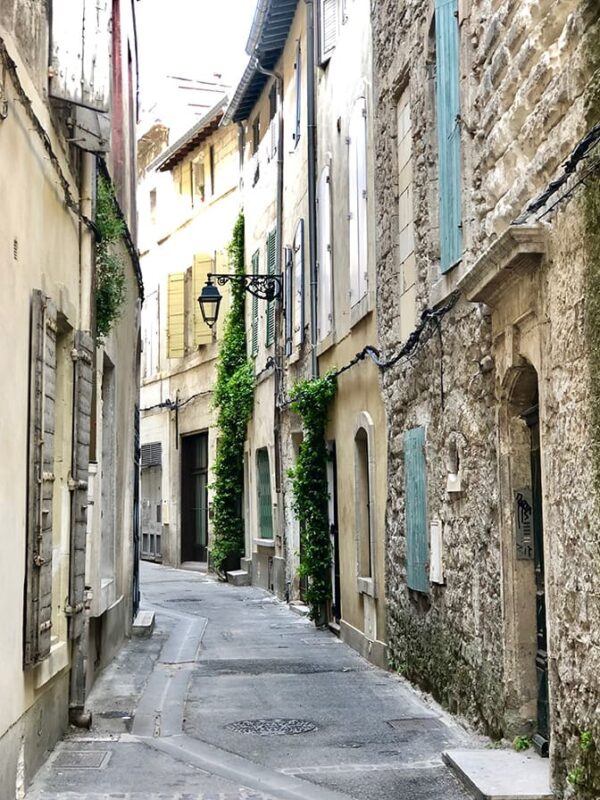
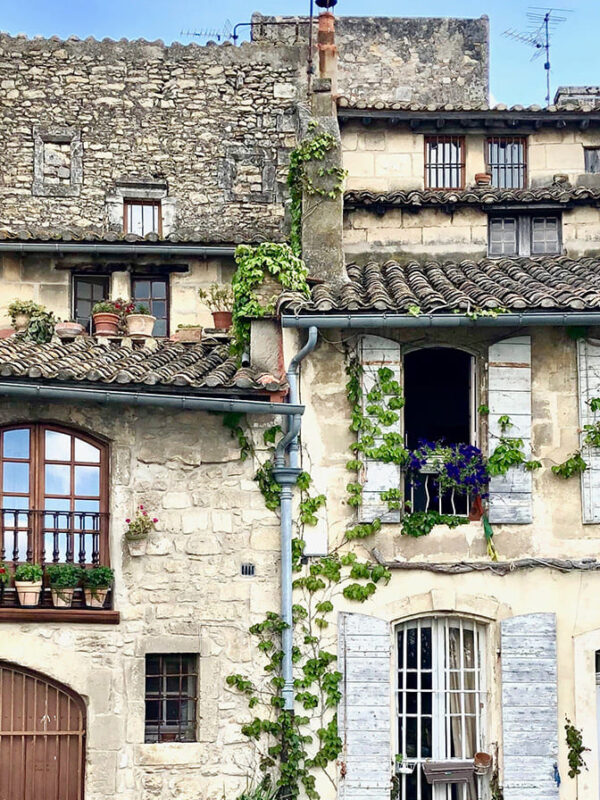
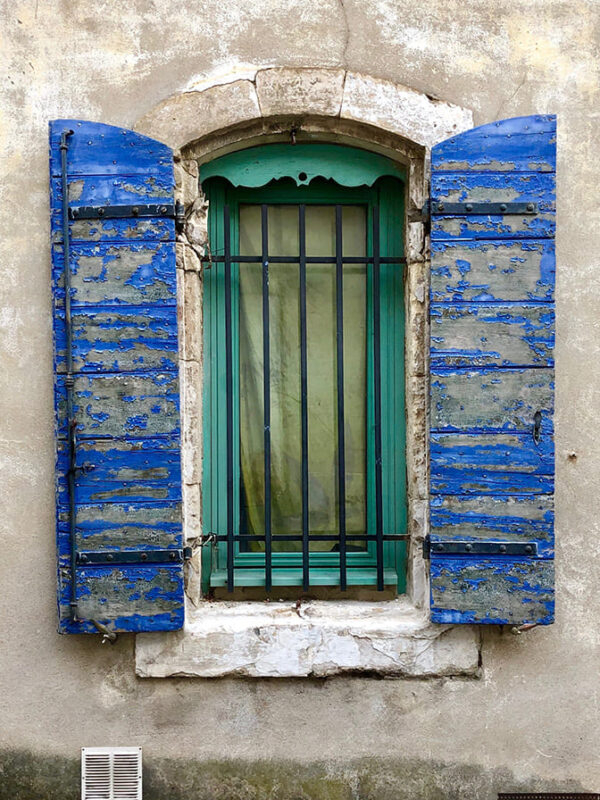


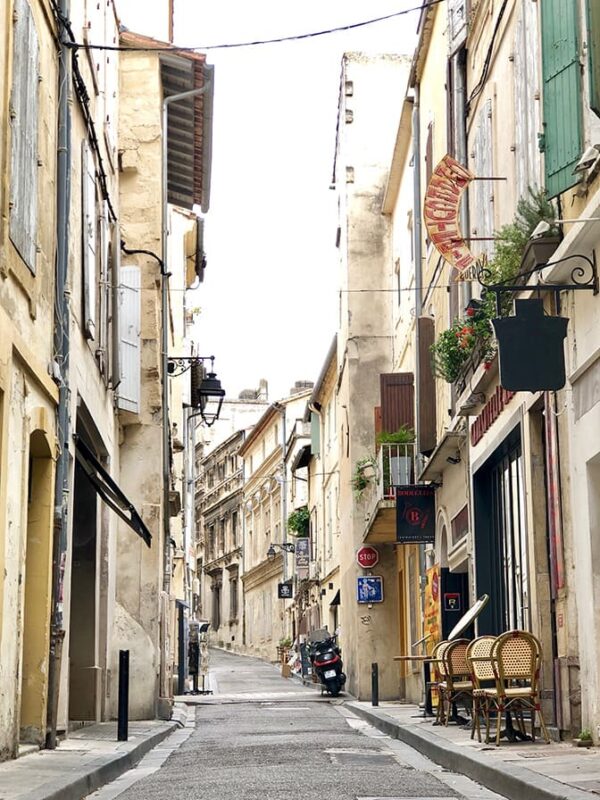

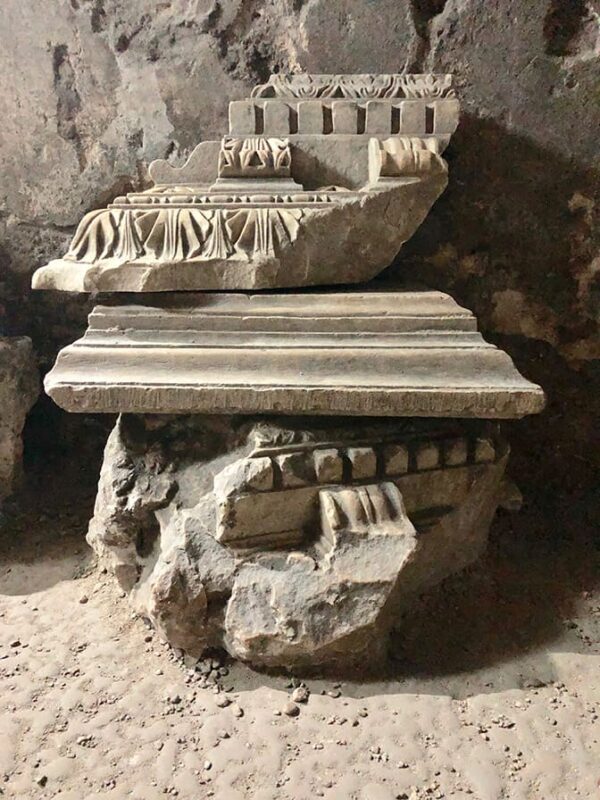
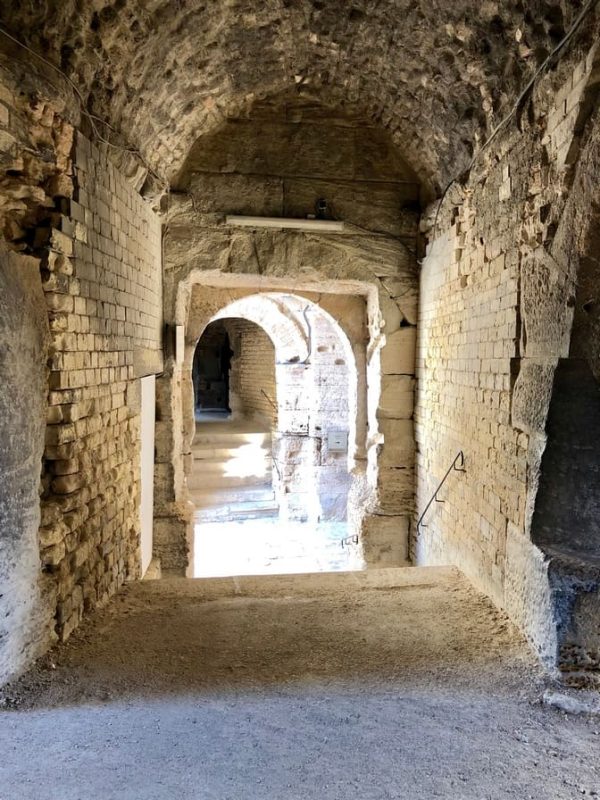






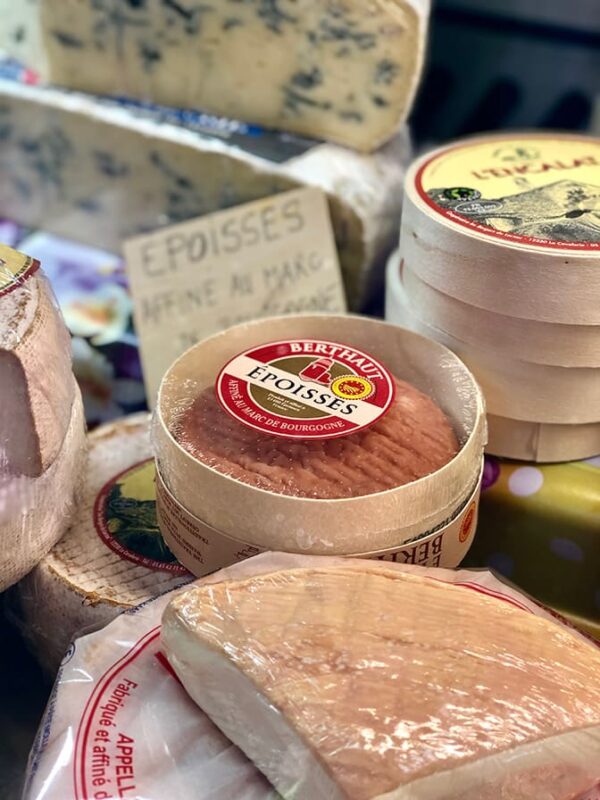
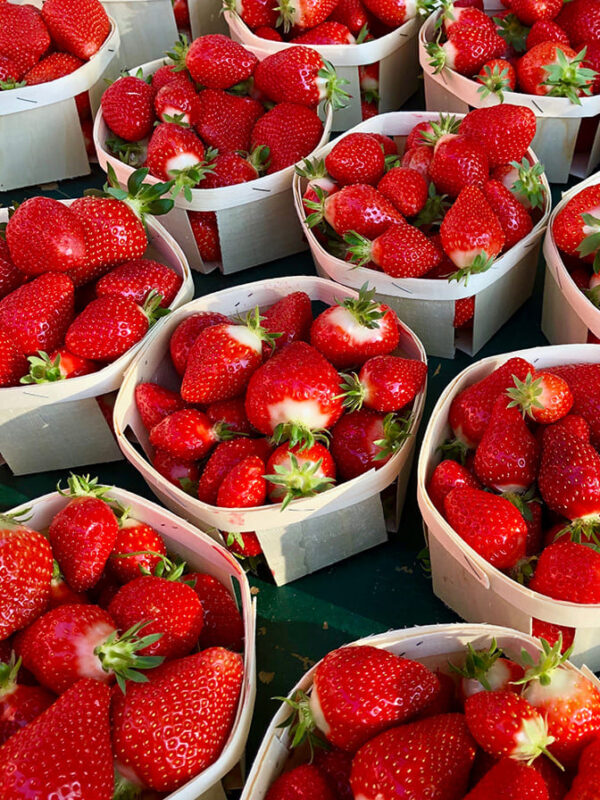
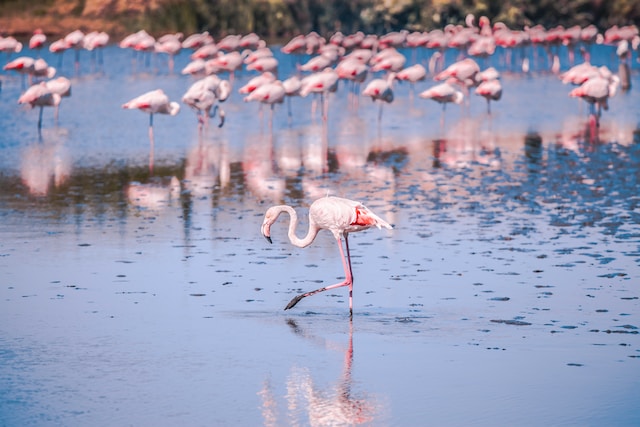

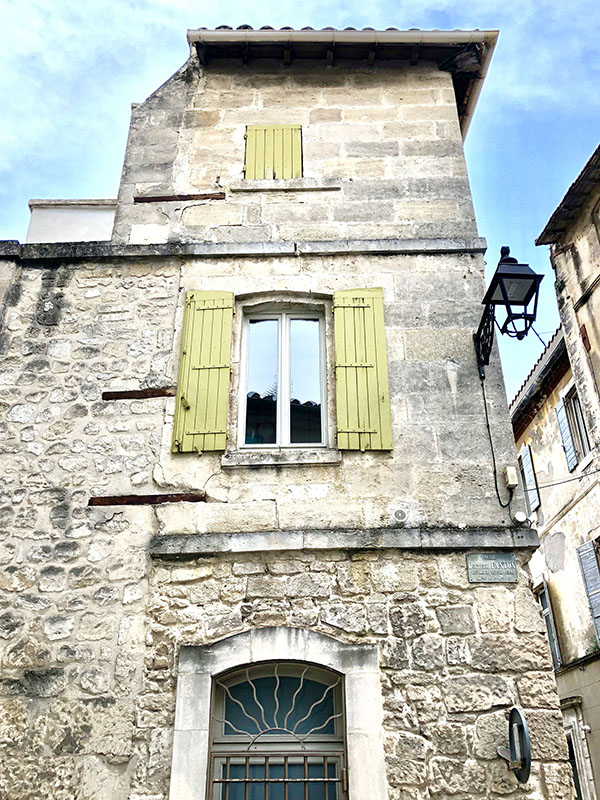

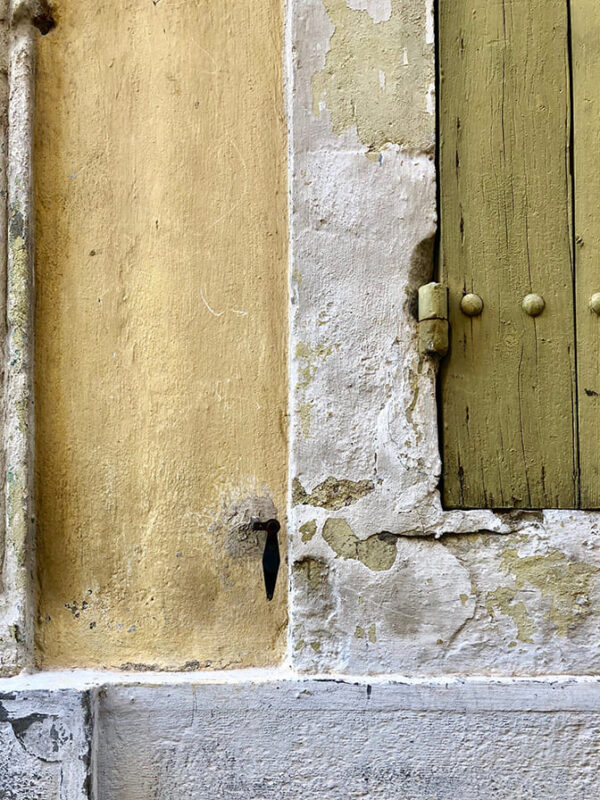


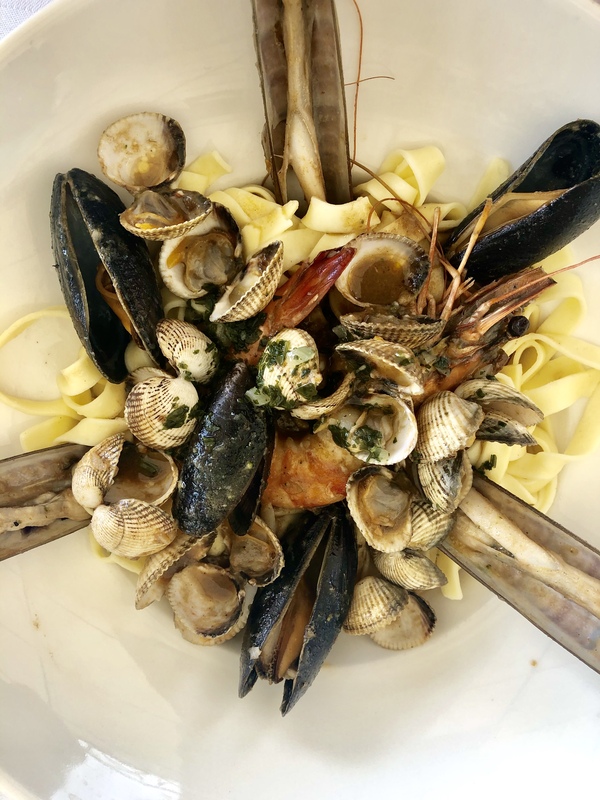



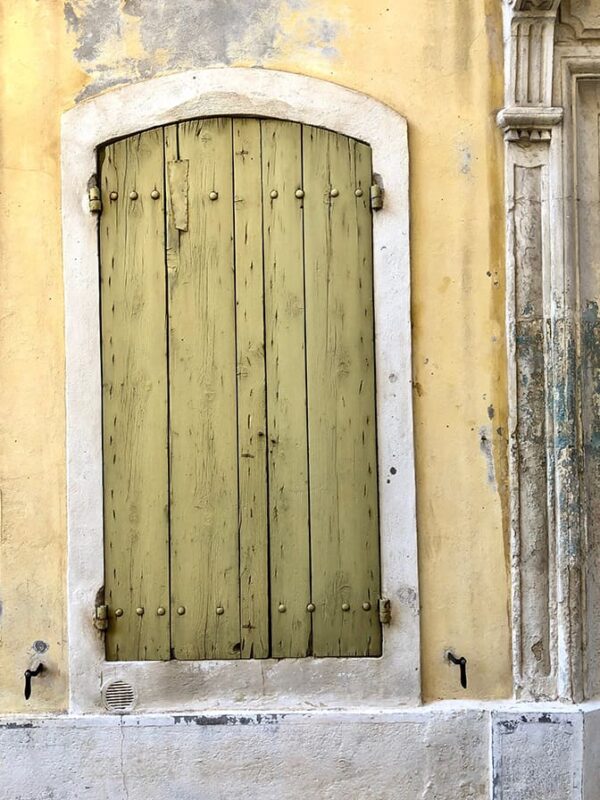
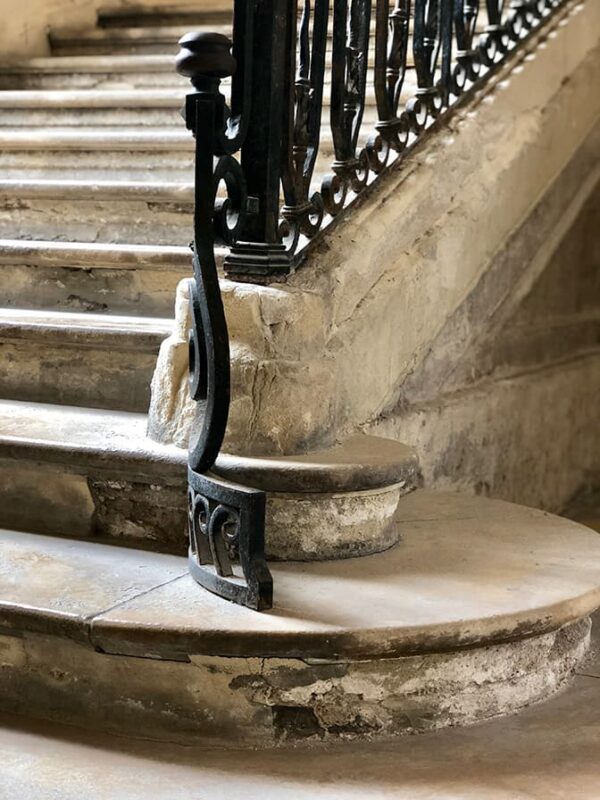


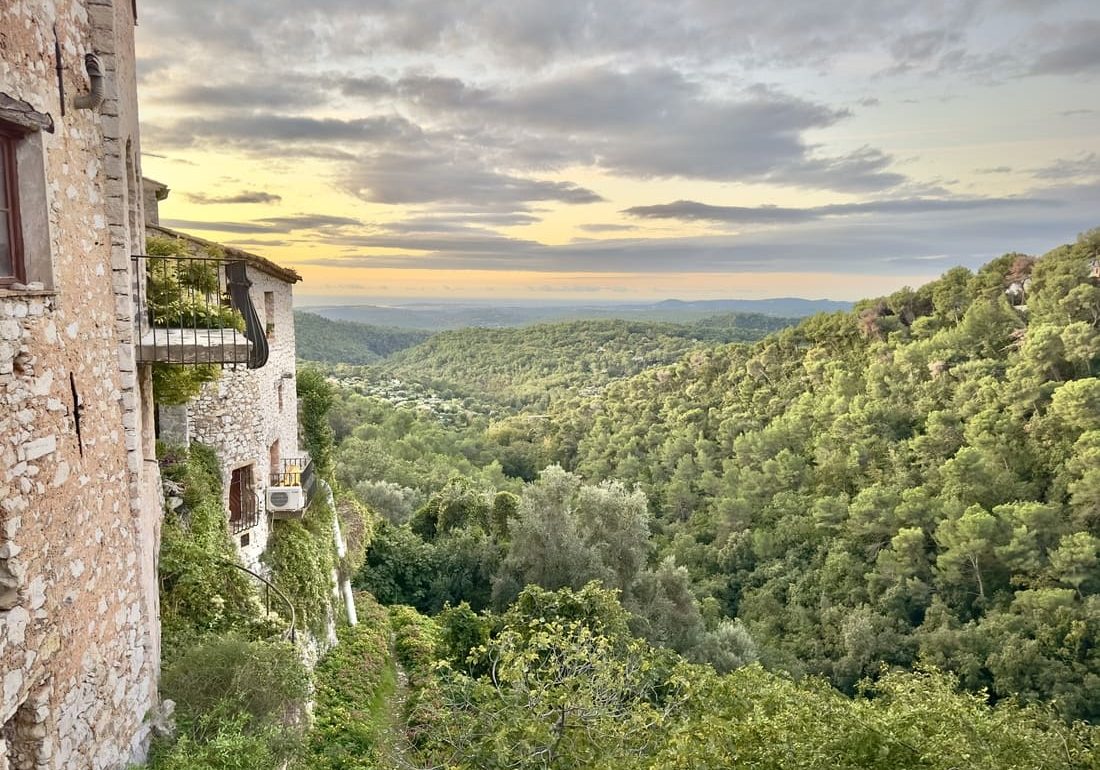
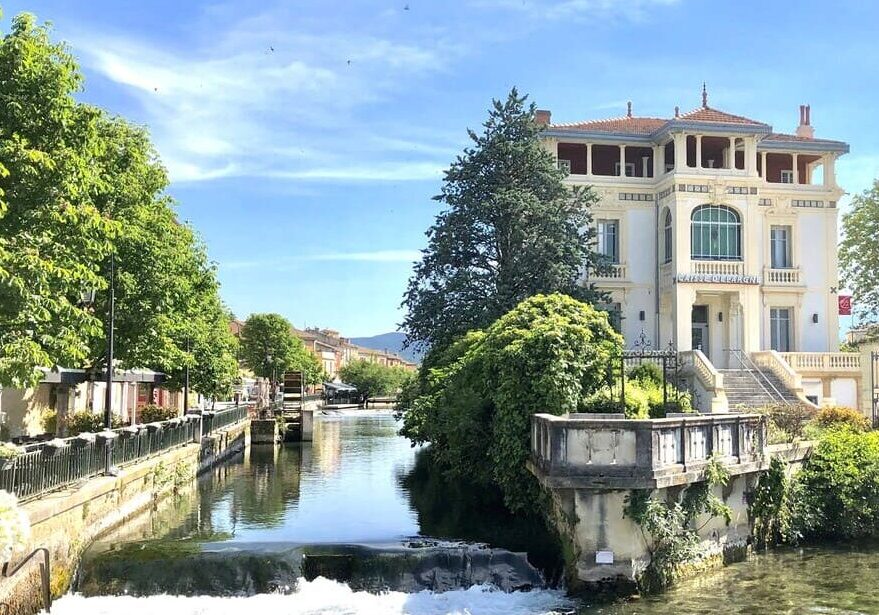

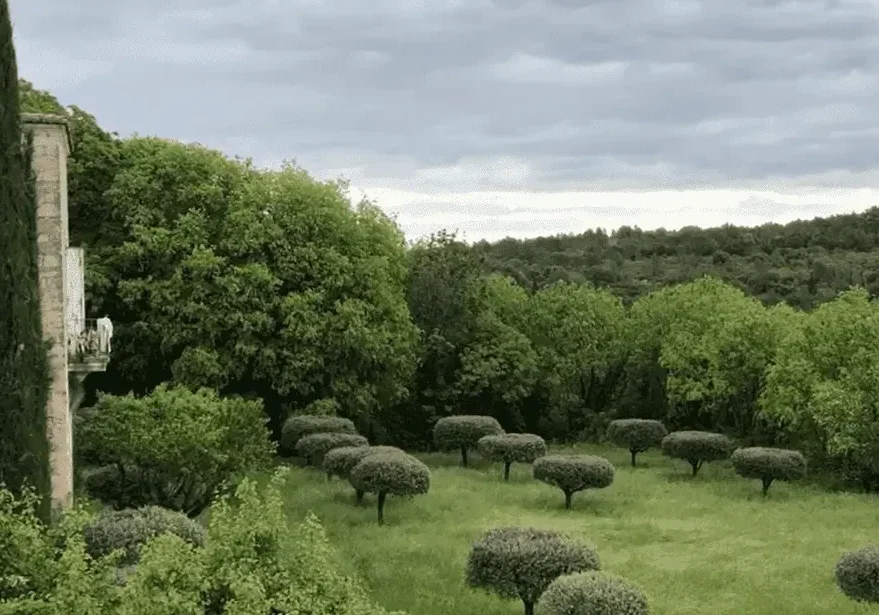
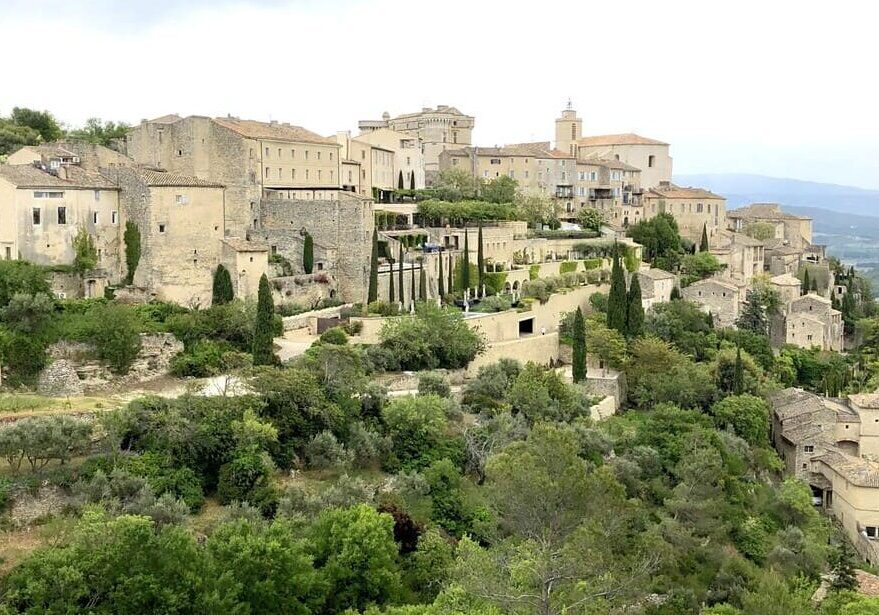

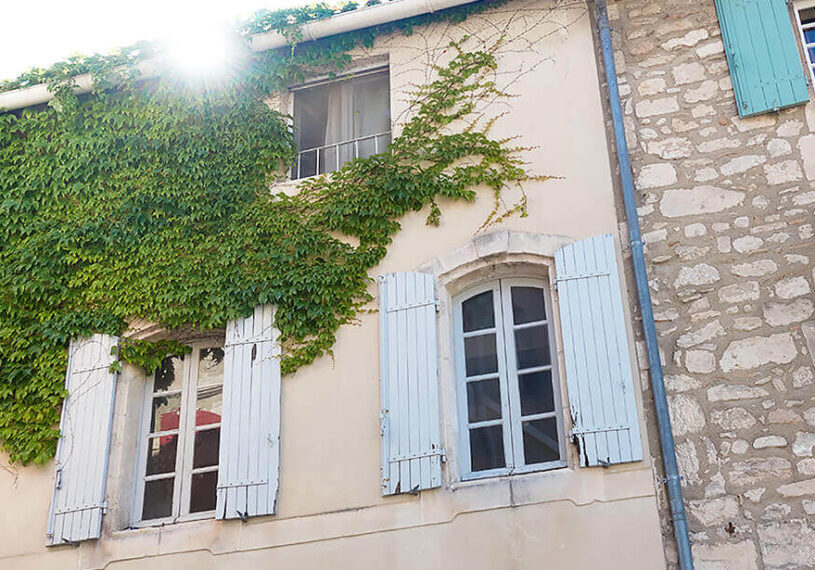
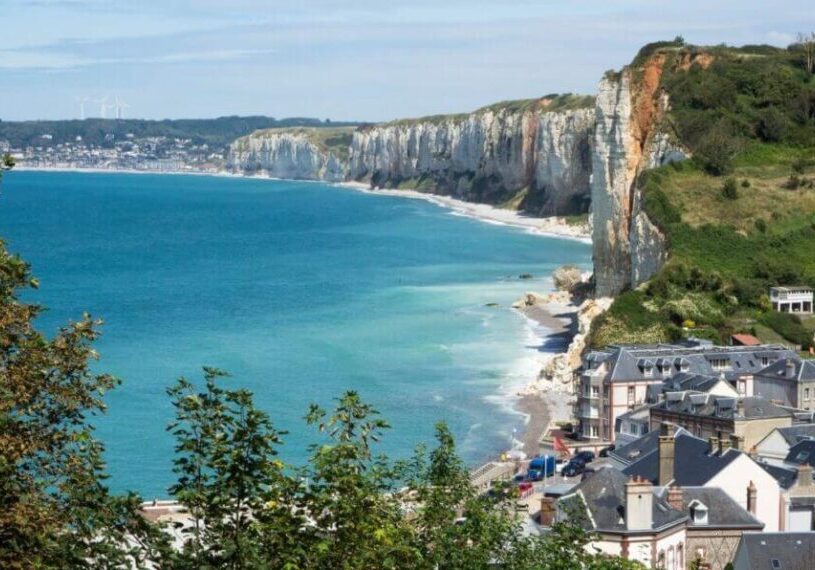
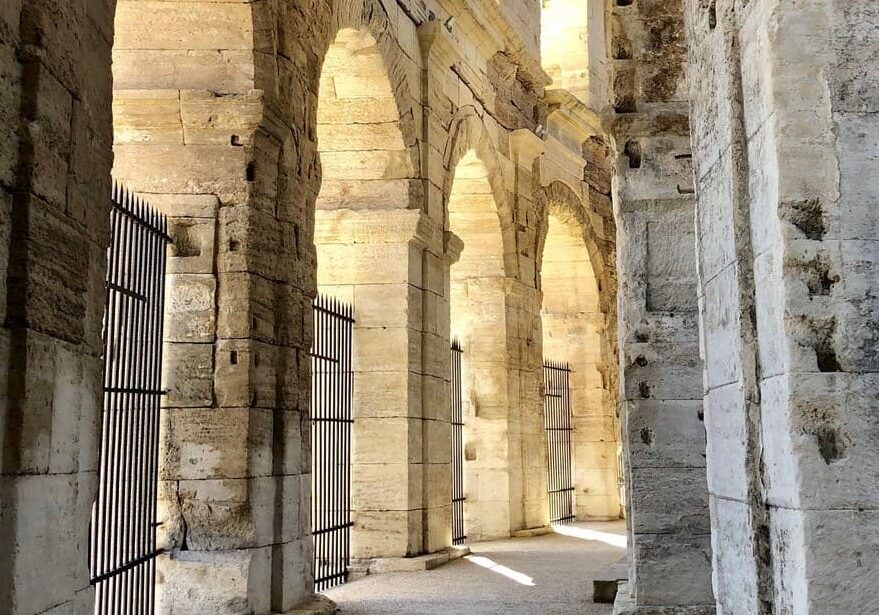
We went to Arles and the surrounding region on our honeymoon. I could not have described it any better than you did. Beautiful descriptions. Thank you!
Oh, that is very kind of you. Merci toujours ma chere madame 🙂
Wow!! So many great things and amazing pictures.
Thanks for sharing this.
Thanks so much, Mahima, I appreciate your kind comments 🙂